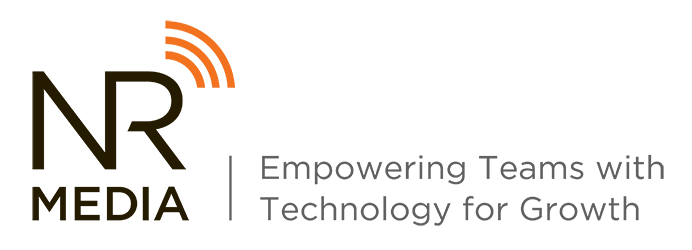 Perry Maughmer has become one of my good friends and mentors over the past year. Our meeting in itself is a testament to the serendipity that happens every day on the social web. Perry's ideas and concepts have led to some of the thinking involved in Social Business Strategies position on building Human Business Teams, and how the leaders of those teams interact with a dynamic business environment.
Perry Maughmer has become one of my good friends and mentors over the past year. Our meeting in itself is a testament to the serendipity that happens every day on the social web. Perry's ideas and concepts have led to some of the thinking involved in Social Business Strategies position on building Human Business Teams, and how the leaders of those teams interact with a dynamic business environment.
You can read more of Perry's work on his blog, A Wider Lens.
I'm delighted and honored today to lend my platform to Perry, so that he can help you learn how to build a leadership framework that you can use every day while making decisions in a dynamic business environment.
Ladies and gentlemen, here's Perry Maughmer...
________
Building a Leadership Framework
I think we would all agree that the business environment has fundamentally changed.
As if a punctuated change were not enough, the underlying challenge is that it has transformed into a fluid and dynamic ecosystem, with a multitude of variables all influencing and impacting each other in a manner that is simply not predictable.
So what do we do now?
How do we prepare and manage businesses in such an environment? I think we need to change the frame through which we see our predicament and accept that our “fallacy of control” has been exposed as such. There are similar situations we can learn from and one of them is the counterinsurgency efforts overseas.
Looking outside “business” for insights
In his recent book “The Accidental Guerrilla”, David Kilcullen wrote:
“…the key threat to be mastered would be the conflict environment itself, rather than a particular enemy.”
Later in the book he says,
“…and there are no fixed “laws” of counterinsurgency, except for the sole and simple but difficult requirement to first understand the environment, then diagnose the problem, in detail and in its own terms, and then build a tailored set of situation-specific techniques to deal with it.”
We can see there are conceptual similarities in the challenges we face so we should also be able to glean some ideas from these situations as well.
Translating theory into action
As business leaders, our focus should be on “capacity-building”. We need to focus on co-creating “frameworks of success” for those we work with.
Since we cannot control the environment, we must instead direct our energies to our people so they can develop the confidence to deal with a constantly shifting landscape. As General Charles Krulak wrote in “The Strategic Corporal: Leadership in the Three Block War,”
“…Most importantly, these missions will require them to confidently make well-reasoned and independent decisions under extreme stress—decisions that will likely be subject to harsh scrutiny…”
Potential Risks
With all of the social communication tools available today, there are no longer many private decisions and/or events. Leaders (especially potential leaders) need to know they are working in the public domain and may, at any time, be required to account for their actions in a very open manner. This furthers the sense of urgency around engaging individuals within the organization to ensure they have a solid framework through which they can process the challenges they will surely face.
What we can do
In addition to developing job-specific skills, it will become increasingly important that we also develop the following abilities:
- Agility – to think and draw conclusions quickly
- Adaptability – adjust oneself readily to different conditions
- Endurance – ability or strength to continue despite fatigue, stress, or other adverse conditions
- Discernment – act of exhibiting keen insight and good judgment
- Self-regulation – describes learning that is guided by:
- meta-cognition – thinking about one’s thinking
- strategic action – planning, monitoring, and evaluating personal progress against a standard
- motivation to learn
How are you building a leadership framework in this new business environment? Are you viewing control fallacy in trade for influence and agility?


-1.png)